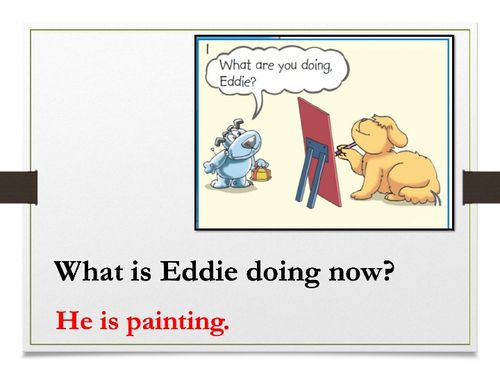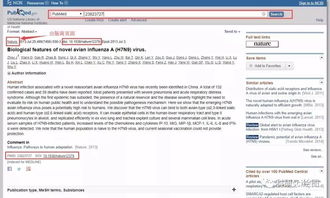In the world of fishing, there are countless techniques and methods that anglers use to catch their desired catch. One of the most popular and straightforward methods is蚯蚓fishing. This method relies on the natural appeal of the earthworm to attract fish, and mastering the art of adjusting the bait float can significantly enhance your chances of success. Below, we delve into the essential tips and tricks for tuning your蚯蚓fishing setup to perfection.
Understanding the蚯蚓Fishing Technique
Before we dive into the specifics of adjusting the bait float, it's crucial to understand the basics of蚯蚓fishing. This technique involves using a worm as bait, which is then attached to a hook and cast into the water. The idea is to mimic the movement and appearance of a real worm, enticing fish to strike.
Choosing the Right Equipment
The first step in mastering蚯蚓fishing is selecting the right equipment. Here are some key components to consider:
Rod and Reel: A lightweight spinning rod and reel combination is ideal for蚯蚓fishing. The rod should be long enough to cast comfortably and sensitive enough to detect subtle bites.
Line: Use a monofilament line with a thickness that matches the size of your rod. A line thickness between 6 to 10 pounds is generally sufficient for most situations.
Hook: A size 6 to 10 hook is standard for蚯蚓fishing. The size depends on the type of fish you're targeting and the size of the worm you're using.
Bait Float: The bait float is a crucial component that keeps your worm just above the water's surface. It allows you to control the depth at which your bait is presented to the fish.
Adjusting the Bait Float: A Step-by-Step Guide
Now that you have the right equipment, it's time to focus on the art of adjusting the bait float. Here's a step-by-step guide to help you get it right:
Attach the Float: Thread your line through the float's hole and tie it securely. Ensure that the float is centered on your line and not too close to the hook.
Set the Depth: The depth at which you fish depends on the type of fish you're targeting and the water conditions. For most situations, a depth of 12 to 18 inches is ideal. To adjust the depth, slide the float up or down the line until you reach the desired depth.
Balancing the Float: Once you have the desired depth, you need to balance the float. The float should be able to float freely without being pulled under by the weight of the worm and hook. To achieve this, add split shot to the line above the float. Start with a few split shots and adjust as needed.
Testing the Setup: Before casting, give your setup a test run. Make sure the float is stable and not too heavy. If the float is too heavy, it will sink too quickly and may not provide an accurate bite indication.
Casting and Retrieving: Cast your line out and let it settle. Once the worm reaches the desired depth, start retrieving it slowly. The key is to mimic the natural movement of a worm. Vary your retrieve speed and technique to see what works best.

Advanced Tips for Fine-Tuning Your蚯蚓Fishing Setup
Use a Variety of Worms: Different types of worms attract different types of fish. Experiment with different worm sizes and colors to see what works best in your fishing environment.
Adjust for Current: If you're fishing in a river or stream, adjust the depth and weight of your setup to account for the current. A heavier setup may be necessary to keep your bait in place.
Be Patient and Observant:蚯蚓fishing requires patience. Pay close attention to your float and the water around you. A sudden movement or a change in the water's surface can indicate a bite.
Practice Makes Perfect: Like any skill, mastering蚯蚓fishing takes practice. Spend time on the water and experiment with different techniques to improve your skills.
By following these tips and tricks, you'll be well on your way to mastering the art of蚯蚓fishing and adjusting your bait float to perfection. Happy fishing!












